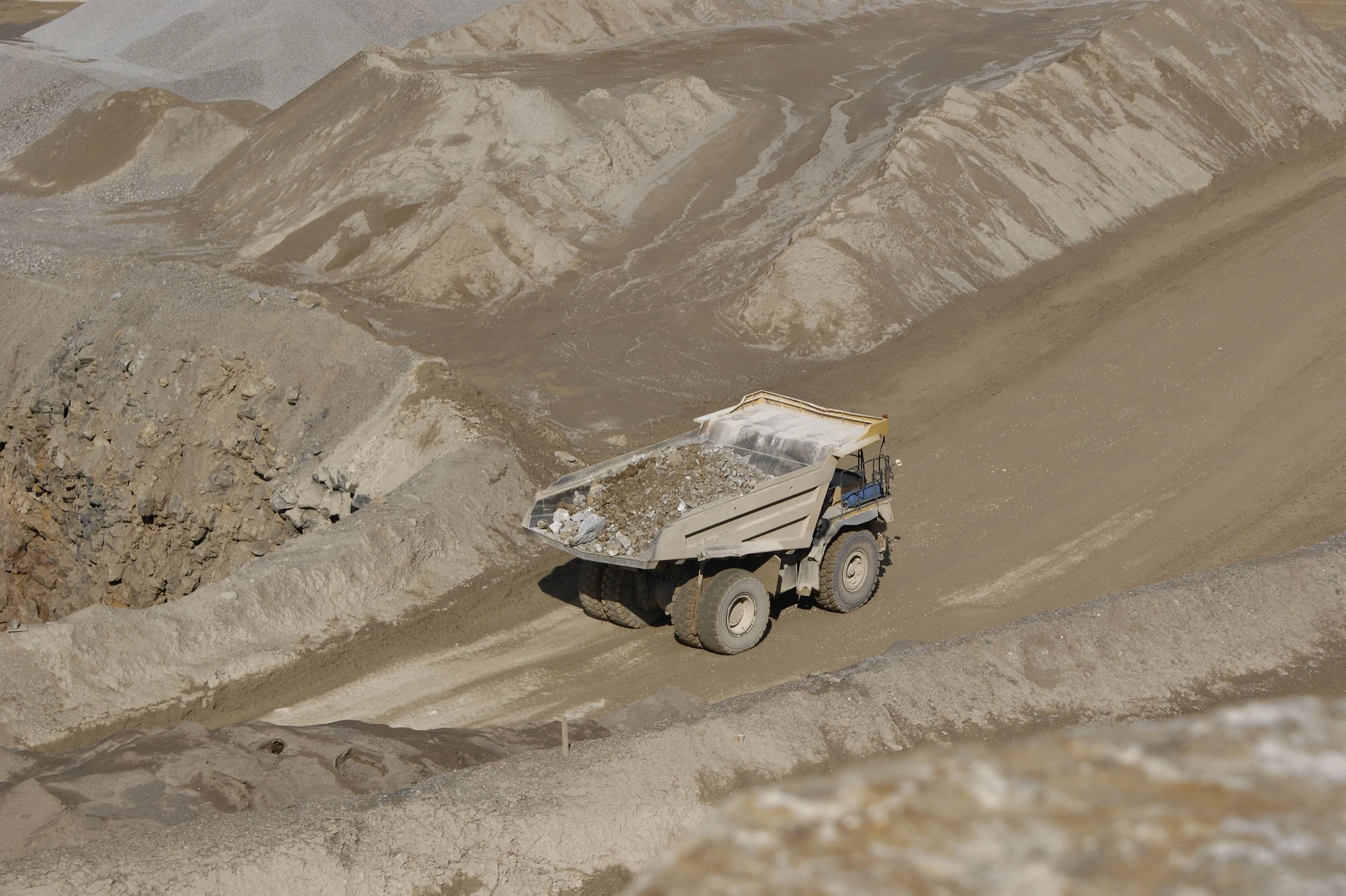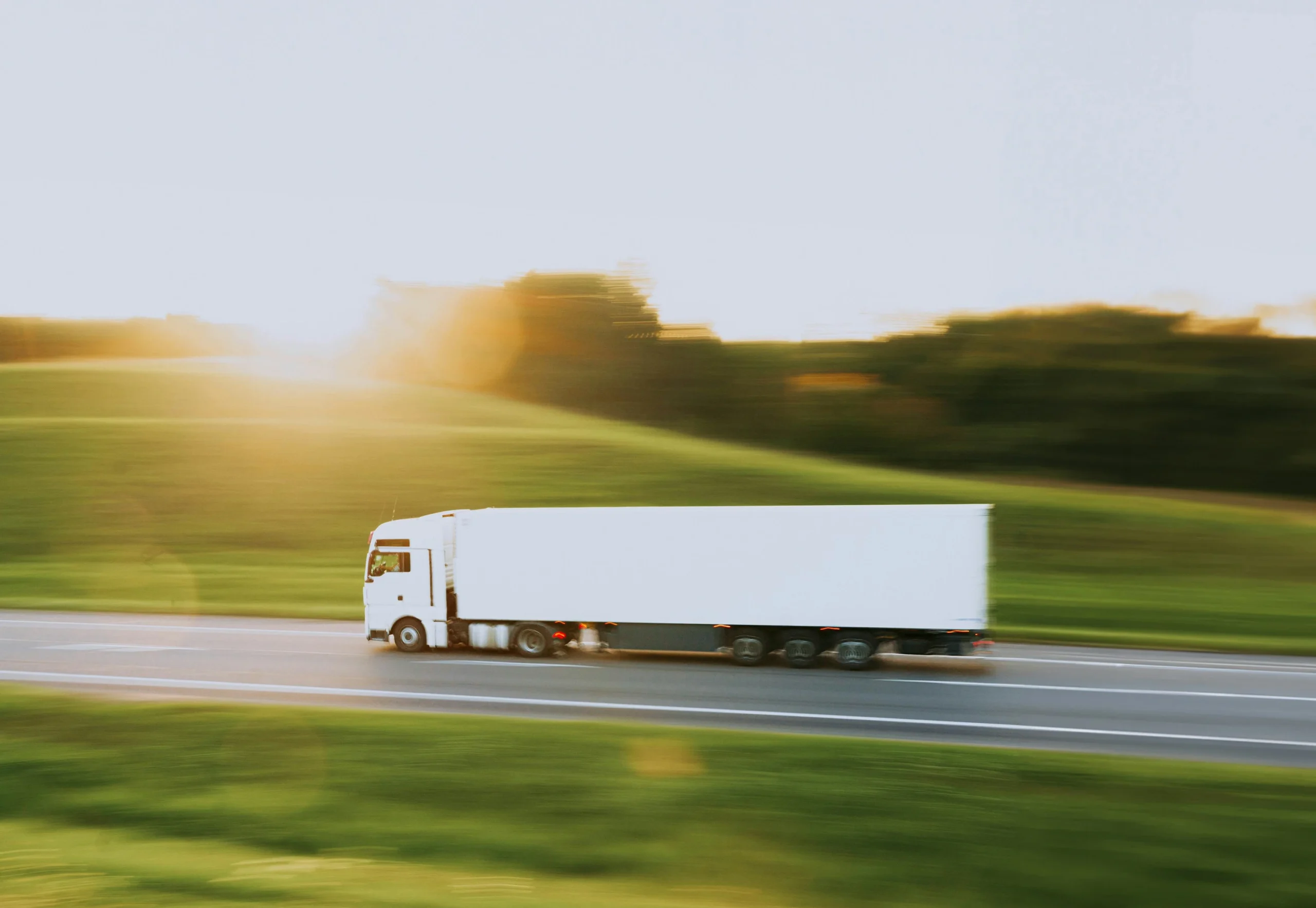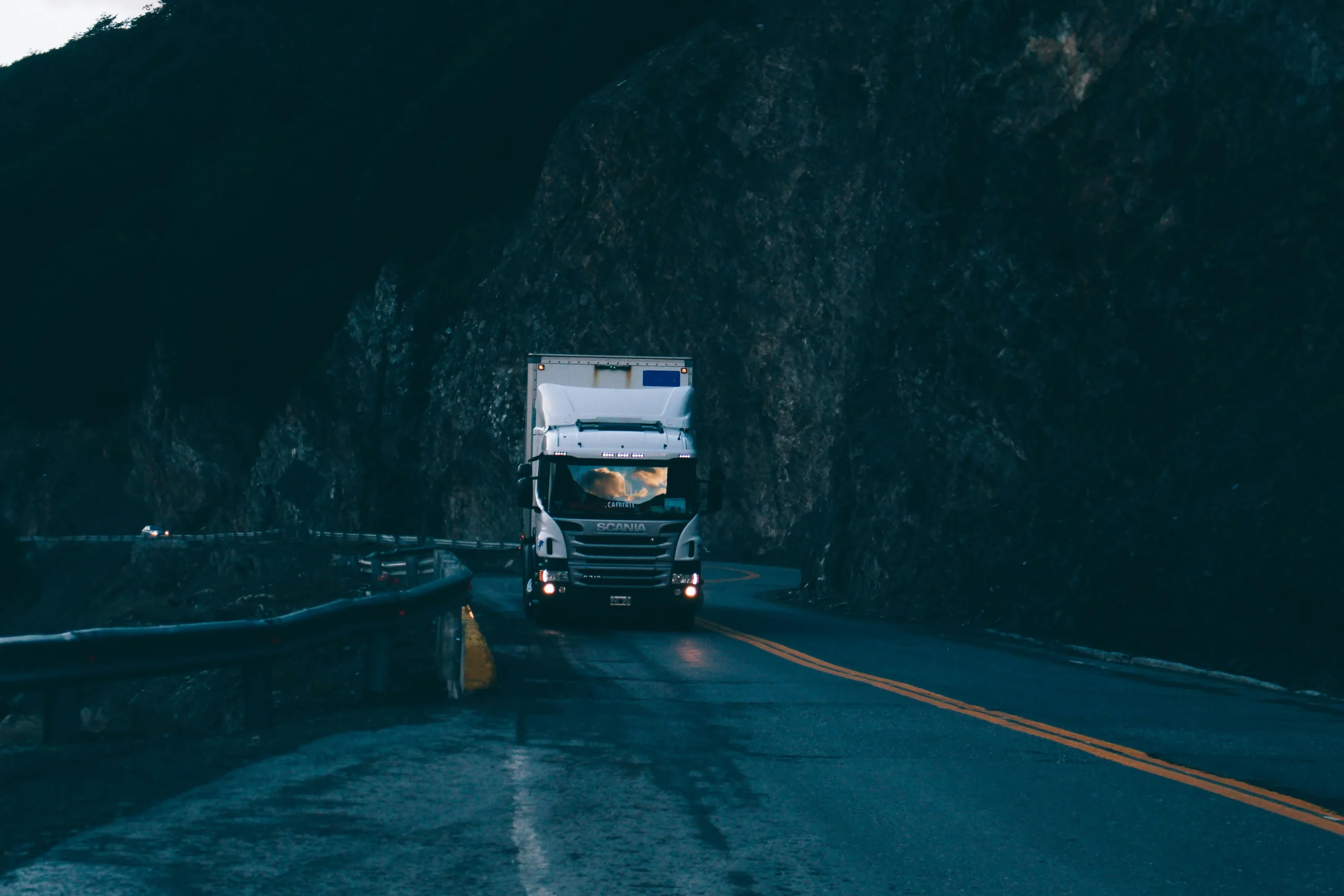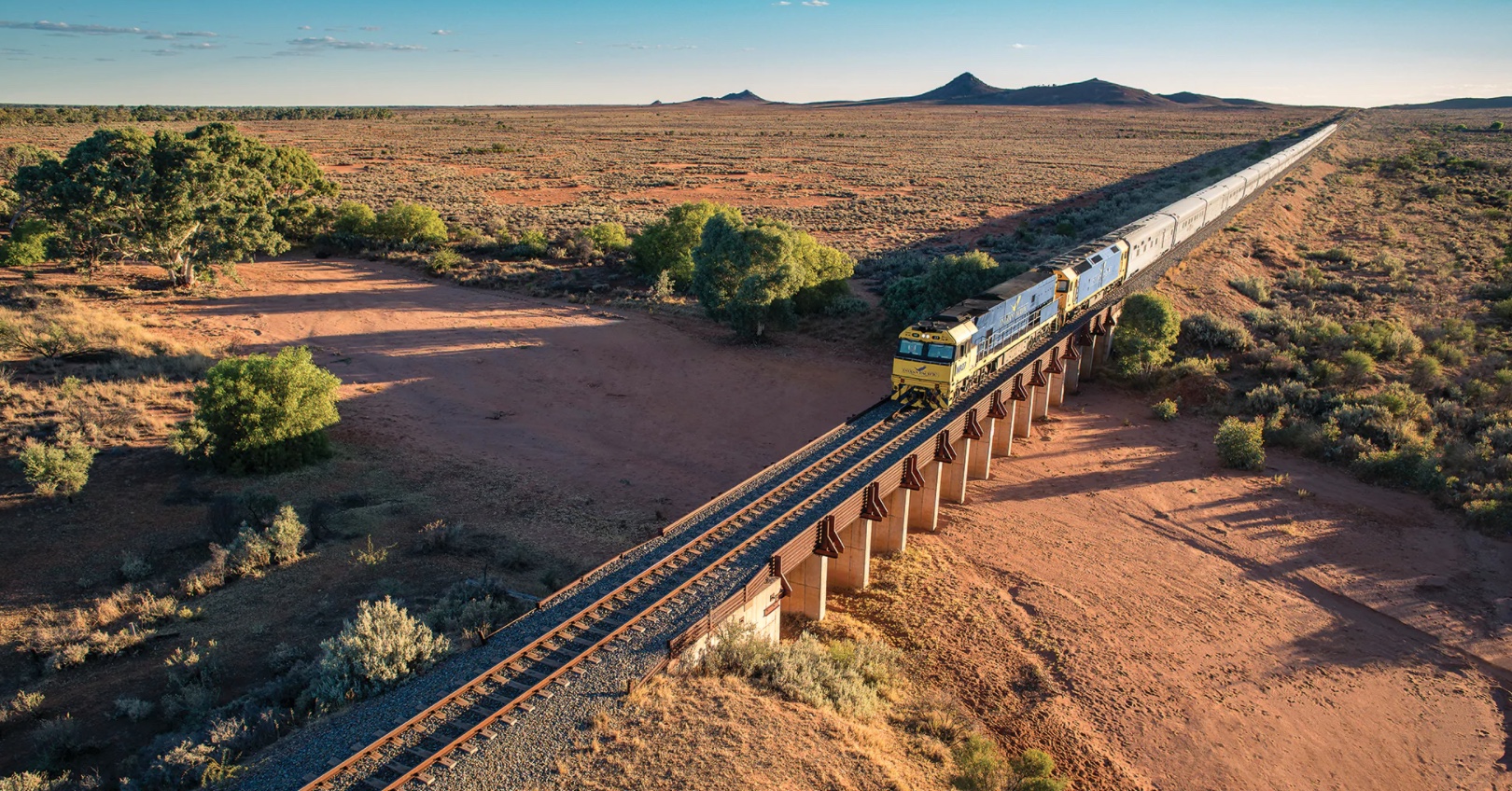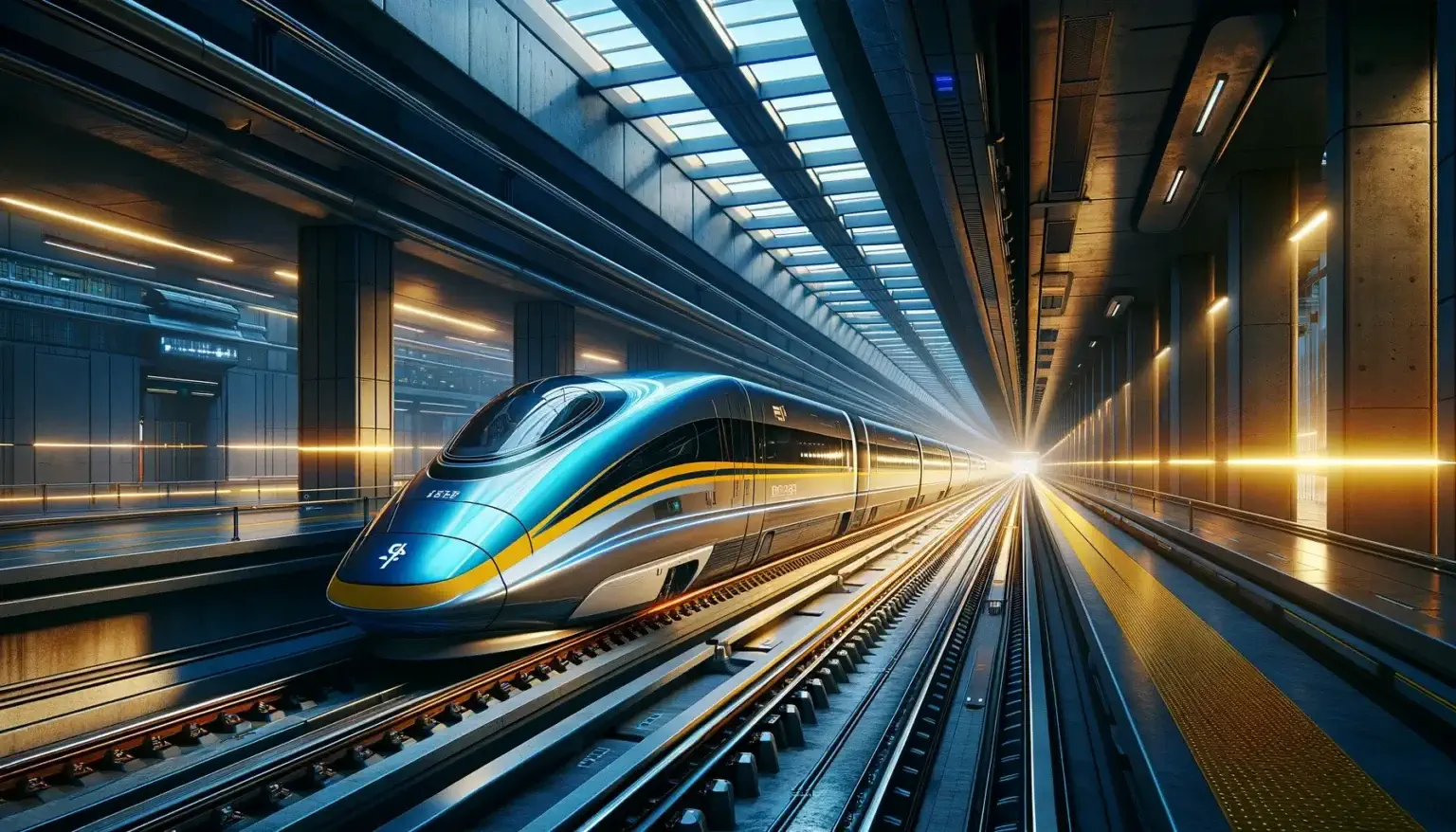At a glance
- Accurate data is critical to managing costs and revenues and maintaining efficiencies.
- Trakblaze’s Force 2 & 4 truck scale for mines is the world’s toughest.
- The most substantial benefit of using volumetric scanners is the use of 3D volume profiling, which allows for enhanced load optimisation.
Just like the rest of the world, the mining landscape is now in a state of disruption. However, once the dust settles and all the current precautions are removed, mining companies will focus on ways they can improve efficiency and cut costs to recover from the economic hardship that the pandemic has caused.
Furthermore, Australia’s mining industry depends greatly on accurate measurements of weight and volume to allow tracking of materials through the supply chain.
The Role of Automated Measurement in Mining
Being able to do that remotely, with minimal human interaction and scope for human error, is increasingly important, particularly in the current environment where workers are encouraged to remain isolated and distanced.
Accurate data is critical to managing costs and revenues, maintaining efficiencies and achieving stand-out regulatory compliance. It is fundamental to maintain business viability, staying ahead of competitors and leveraging the most out of your supply chain.
There are a range of solutions available for automated weighing and volume measurement for Australian miners. But it is essential that these solutions are physically and technologically robust enough to deal with tough mining conditions with minimal maintenance and replacement requirements while delivering innovative, reliable data management, inter-operability and transferability to ensure that accuracy is maintained from the point of extraction to the point of sale.
Trakblaze’s toughest truck scale for mines
Australia’s premier weighing systems manufacturer, Trakblaze, leads the development and implementation of payload management systems for the mining sector. Its solutions are engineered for Australia’s uniquely rugged conditions and are a first choice for mining companies across the nation.
Trakblaze’s Force 2 & 4 truck scale for mines is the world’s toughest. It can be configured to suit any make and model of a mining transport truck and can be used in either a static position, or in motion at speeds of up to 12 kilometres per hour, depending on site conditions.
The Force 2 & 4 truck scale can also be integrated with Trakblaze’s Truck Volumetric Scanner (TVS) providing exceptional data and operational systems integration using both weight and volume.
Importance of non-contact volumetric scanner
The TVS is a non-contact volumetric scanner used to measure loads of bulk solids without the need for physical human interaction with the load. That means that every load can be measured, rather than just a sample, improving total data collection and also the ability to integrate load and weight measurements for accurate conversions.
The speed of the TVS software platform enables for rapid calculation and communication of real time feedback and key metrics, to optimise loading of each and every mining dump truck. All without the need for physical human interaction. This helps operators and logistics managers to optimise loading operations with added benefits with respect to heavy plant maintenance requirements.
Getting measurement right is critical for mining operations. Automated data collection is becoming equally as critical – removing the likelihood for error leading to costly or dangerous loading problems and mistakes and minimising human interaction. Trakblaze’s integrated, automated mine measurement systems are the perfect solution to maximising mine performance.
Technological Integration: Australia’s Path to Mining Efficiency
It has been predicted that through technological integration, Australians will be at the forefront the global race in using technology to cut costs, enhance efficiency, and increase safety in their mines. The reason Australia is estimated to the forefront this integration in the coming years is in the country’s availability to strong network connectivity, power, highly skilled labor, and government support, which will largely benefit the speed of their technological implementation.
As low commodity prices continue, mining companies are under pressure to incorporate technology into their operations. Every mining company wants to ensure that the integration of technology into their sector will provide them with an optimal working environment without causing too much sudden disruption within current workflows.
When it comes down to it these companies expect these innovations to deliver improved profits, compliance with regulatory requirements, and better safety and operational efficiencies.
What a lot of these companies don’t realise is that technology integration is as simple as implementing new technologically advanced rail weighing systems to see the aforementioned benefits.
Technological advances have made substantial improvements in the effectiveness of weighing systems. While the basic technology hasn’t changed, these improvements have linked weighing systems with other technology to create a wealth of new opportunities for organisations to improve their productivity, profitability, and compliance.
Specifically, in relation to the mining sector, all companies want to ensure that their trucks are optimally loaded at the capacity to provide not only safety but also efficiency.
How does volumetric scanning integrate technology into mining?
Volume scanners (Mining Truck Volumetric Scanners) are becoming an industry standard in sectors that rely on shifting bulk material. These sectors are beginning to embrace the technology due to its incredibly high accuracy and ability to provide detailed reports and traceability. The 3D visual profile of volume scanning systems is designed to provide an accurate volume measurement of the material loaded each time, which can assist loader operators in loading to the correct capacity.
Volumetric scanning is the perfect way to begin integrating technology into mining.
One of the most substantial benefits of using volumetric scanners is the use of 3D volume profiling which provides the opportunity for enhanced load optimisation. This means that the truck capacity is fully utilised, while safety and compliance factors, such as overloading or poor load configuration are also addressed. 3D scanning doesn’t only optimise truck loading, but it delivers real-time scanning and reporting load data, more accurate measurements and can also deliver an increase in profits due to reduced costs.
Starting at volume scanners and cloud computing, to new sensors, to drones, to even more automation – any state-of-the-art mine has all the latest technological innovations integrated into their operations.
If done correctly, applying improved technology can significantly improve the mining sector. The only downside currently noted is that any internet-connected technologies could open the sector up to possible cyberattacks, which it then must protect itself against.
However, as low commodity prices continue, those organisations that have incorporated technology into their operations have seen revenue continue to thrive while those that haven’t fallen short.
The biggest development from using these devices is the exceptional improvement to mining safety they can bring. That alone should be enough for any mining company to adopt them.
